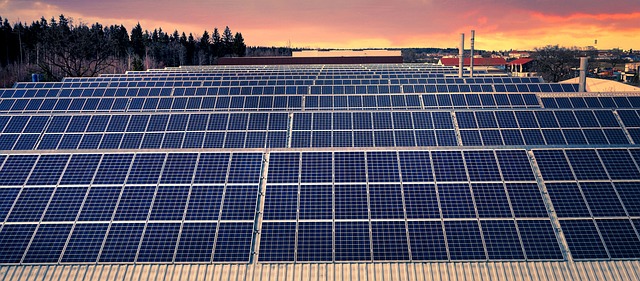Incentives and rebates from local governments and utility companies play a key role in the real estate sector by easing upfront costs for energy-efficient upgrades like solar panels, insulation, and eco-friendly appliances. These benefits make properties more attractive while encouraging sustainable building practices. By leveraging these offers, buyers and sellers can reduce expenses, enhance property appeal, and contribute to environmental conservation through renewable energy systems like solar panels and wind turbines.
In today’s competitive real estate market, understanding incentives and rebates can significantly offset installation costs. This article explores how financial incentives play a pivotal role in making energy-efficient upgrades more affordable. We delve into the mechanisms behind these savings, focusing on how they alleviate the initial investment burden for property owners. By harnessing these benefits, both homeowners and the environment reap substantial gains, fostering a sustainable future within the real estate sector.
Understanding Incentives and Rebates in Real Estate

Incentives and rebates play a significant role in the real estate sector, offering homeowners financial relief during installation processes. These incentives are often provided by local governments, utility companies, or manufacturers to promote energy-efficient practices and reduce environmental impact. By offering these perks, real estate markets encourage buyers to opt for eco-friendly upgrades.
For instance, a homeowner planning to install solar panels might receive a rebate from their local authority, offsetting a portion of the installation costs. Similarly, rebates on energy-efficient appliances or home insulation can significantly reduce upfront expenses for buyers. Understanding these opportunities is crucial for prospective homeowners, as it allows them to make informed decisions that benefit both their wallets and the environment in the long run.
How Installations Costs are Offset

In the competitive real estate market, buyers and sellers often look for ways to reduce costs while still achieving their goals. One effective strategy is to leverage incentives and rebates that offset installation costs. These financial benefits can significantly ease the burden of upfront expenses associated with new constructions or renovations, making properties more appealing to potential buyers.
When it comes to real estate, installation costs can add up quickly, encompassing a range of elements from labor and materials to permits and inspections. Incentives and rebates step in as financial offsets, encouraging both property owners and builders to embrace eco-friendly or energy-efficient solutions. By taking advantage of these offers, buyers and sellers can not only reduce overall expenses but also contribute to sustainable practices, enhancing the appeal and long-term value of their properties.
Benefits for Property Owners and the Environment

Incentives and rebates play a significant role in making sustainable energy solutions more accessible and affordable for property owners. By offering financial offsets, governments and energy providers encourage homeowners to install renewable energy systems like solar panels or wind turbines. This not only reduces the upfront costs but also empowers individuals to contribute to environmental conservation.
For real estate investors and homeowners alike, these incentives mean lower installation expenses, faster returns on investment, and long-term savings on energy bills. Moreover, adopting green technologies aligns with growing environmental consciousness, as these systems help reduce carbon footprints and promote a cleaner, healthier planet. This dual benefit for both property owners and the environment makes it a compelling choice in today’s market.






